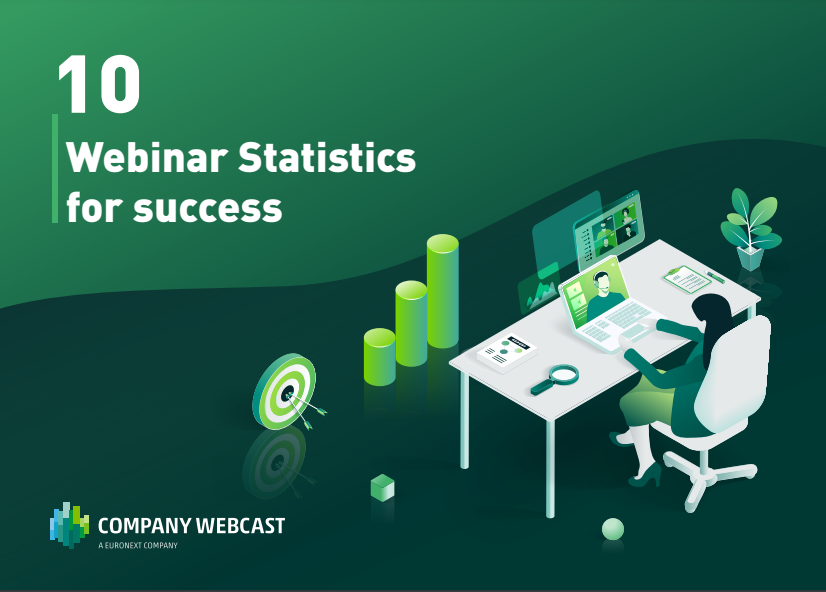
The importance of webinars in the digital landscape cannot be overstated. To help you stay ahead of the curve, we’re excited to introduce a game-changing eBook that delves into the latest webinar statistics and best practices for 2023.
The eBook, ‘Webinar Statistics and Best Practices for 2023’, offers an analysis of data-driven insights, and practical tips to help you create engaging and successful webinars in the coming year.
What you’ll find inside:
- What are the best days to host a webinar?
- What time attracts the most registrants?
- What is the ideal length for a webinar?
- Should I include a Q&A session in my webinar?
- How should I send my webinar invitations?
- When should I start sending invitations?
- Should I send a reminder on the day of the event?
- How is webinar performance measured?
- Should I make my webinar available on demand?
- Should I use testimonials during my webinars?
Download this eBook for FREE by entering your details in the form.
Webinars continue to be a valuable marketing tool for businesses in 2023. By understanding the latest webinar statistics and best practices, you can create more effective and engaging webinars that drive results. One of the key takeaways from this ebook is the importance of promoting your webinar effectively. By using a variety of channels, such as social media, email marketing, and paid advertising, you can reach a wider audience and increase registration rates. Another important consideration is the length and timing of your webinar. Based on the latest statistics, webinars that are between 45 minutes to an hour in length tend to have higher engagement rates. Additionally, scheduling your webinar during mid-week and mid-day can lead to higher attendance rates.
Interactive features, such as polls, quizzes, and Q&A sessions, can also increase engagement and promote audience participation. Additionally, providing valuable and relevant content can help establish your credibility and authority in your industry.
Finally, it’s important to measure the success of your webinars by tracking key metrics such as registration rates, attendance rates, and engagement rates. By analyzing this data, you can identify areas for improvement and make data-driven decisions for future webinars.
